When your cat is stressed, your first instinct might be to scoop them up and soothe them—but many cats prefer a bit of space to unwind. Instead, try calming them from a distance by creating a quiet, cozy environment. Use soft lighting, gentle music, and calming pheromone diffusers to ease their nerves. Giving them access to high perches or safe hiding spots helps them feel secure. Slow blinking and soft, reassuring tones let them know you’re there without overwhelming them. Treats and play can also work wonders—on their terms. With patience and respect for their boundaries, you can help your cat feel safe and relaxed again.
Understanding Why Cats Get Stressed
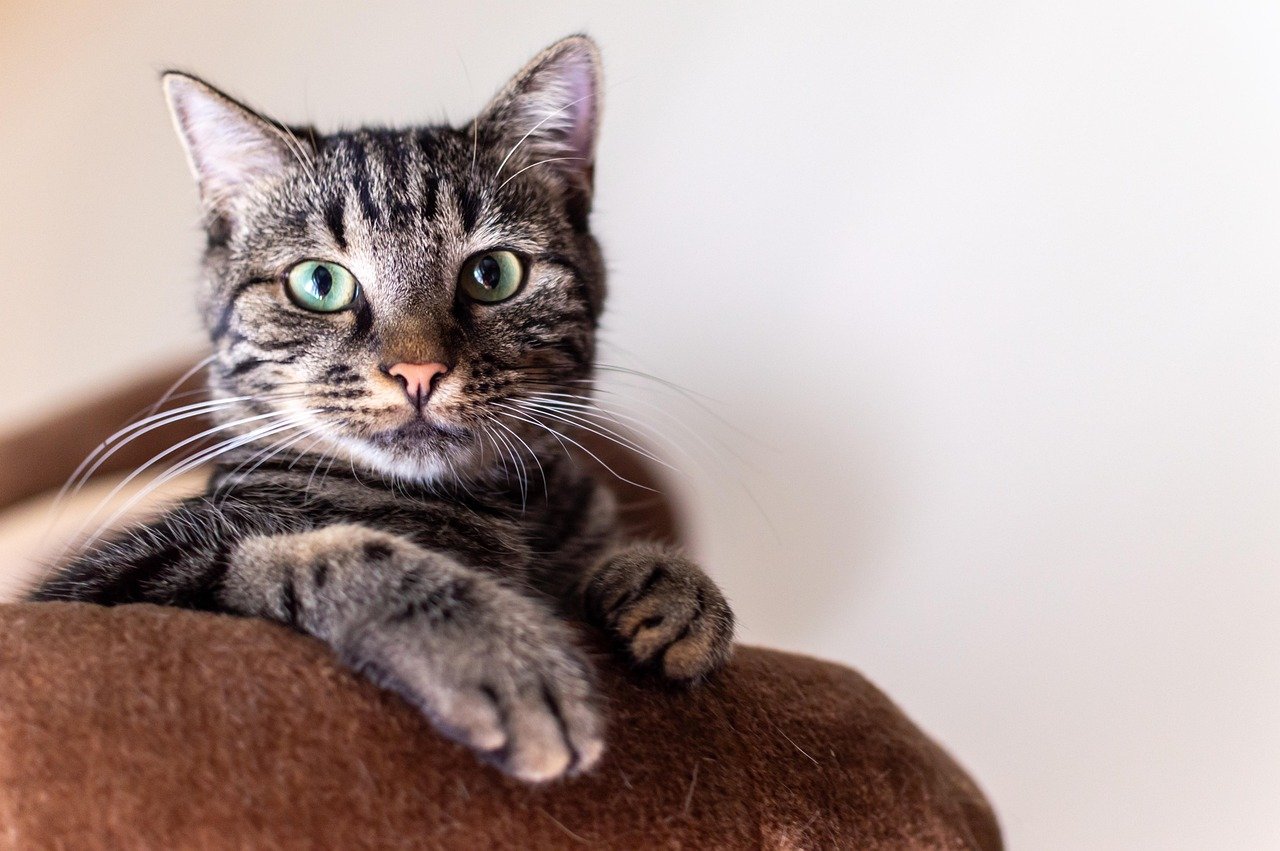
Before you can help your cat relax, it’s important to know what gets their fur in a twist in the first place. Cats are creatures of habit, and the smallest change—a new piece of furniture, a loud noise, or even your own mood—can throw them off balance. Sometimes, stress sneaks up on them when their routine is disrupted. Other times, it’s triggered by strangers, other animals, or even a trip to the vet. Imagine moving to a new city every few weeks; that’s how it can feel for a cat when their environment suddenly changes. Recognizing these triggers is the first step in calming your cat without stepping on their paws—literally or figuratively.
Recognizing Signs of Stress in Your Cat
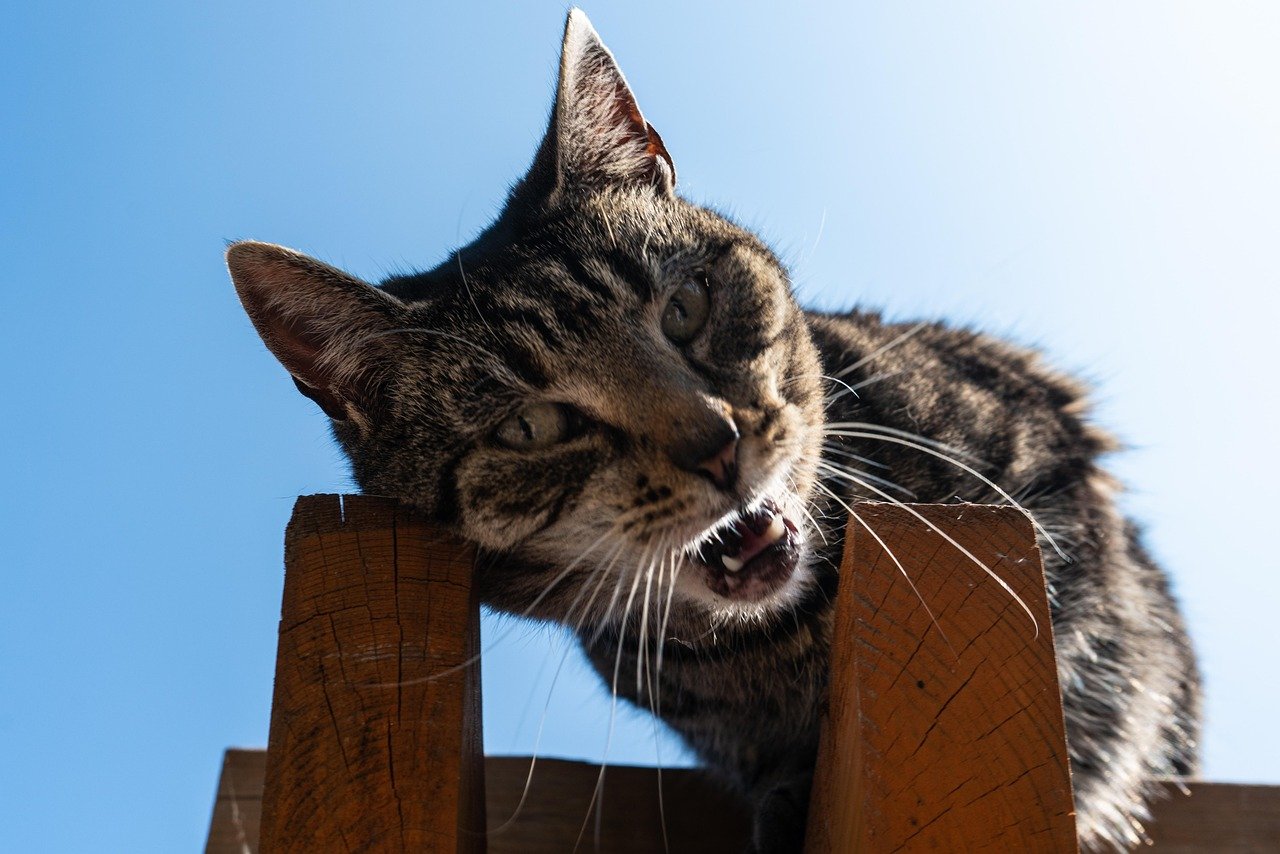
Cats aren’t always vocal about their feelings. Instead of meowing for help, they might hide, over-groom, stop eating, or lash out unexpectedly. You might notice your cat crouching with dilated pupils, ears flattened, or tail tucked tight. Other warning signs include excessive scratching, avoiding the litter box, or even compulsive licking. Think of it as your cat’s silent language—a way of waving a red flag that something’s wrong. By learning to read these subtle signals, you can start to intervene early, offering comfort in ways that don’t intrude on their personal space.
Why Respecting Your Cat’s Space Matters
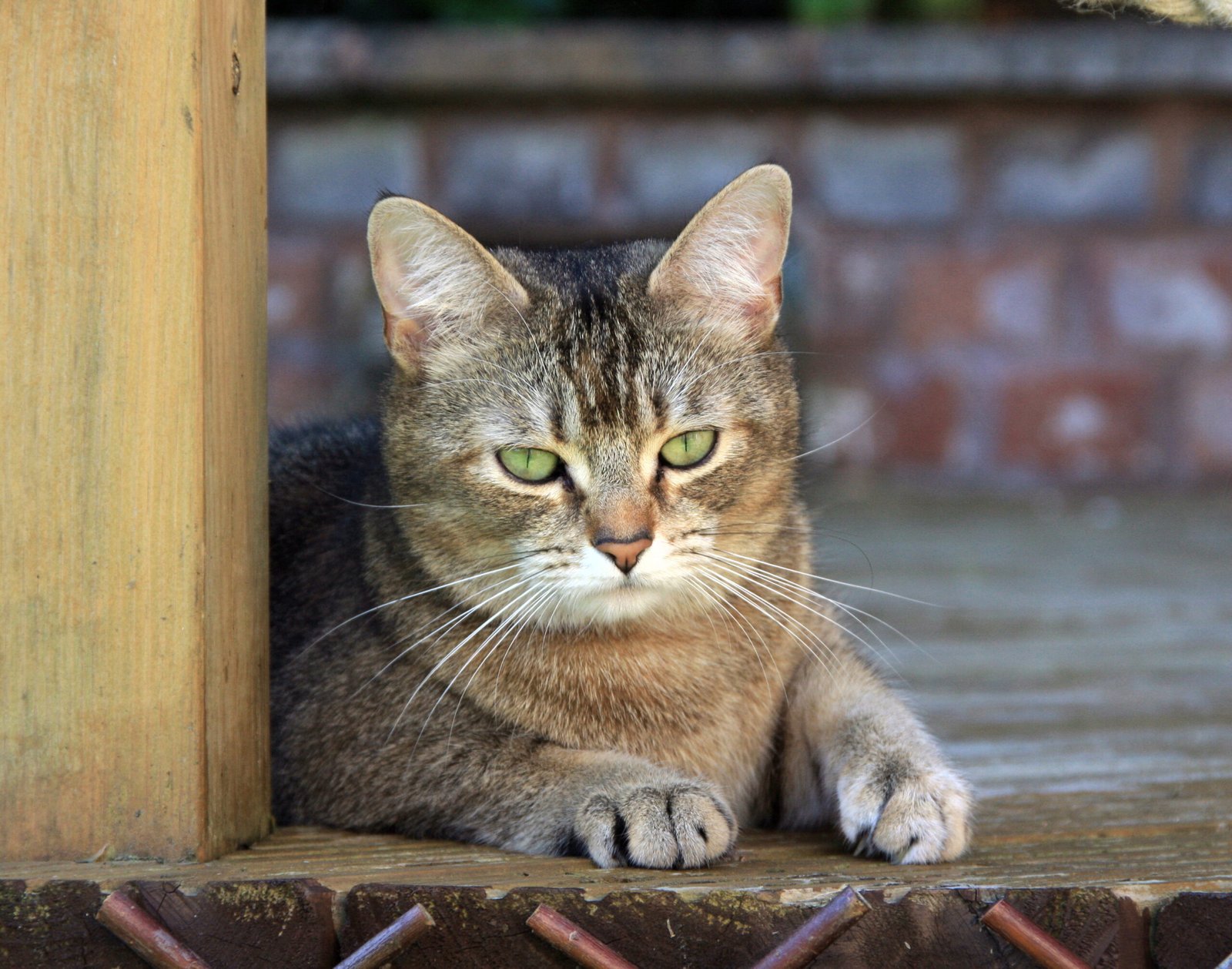
Cats need their own territory to feel safe. If you crowd them when they’re anxious, it can make things worse. Imagine someone hugging you tightly when you’re already overwhelmed—it’s the same for your cat. Giving them the freedom to retreat and relax on their terms signals trust and respect. This doesn’t mean ignoring them; rather, it’s about letting them come to you when they’re ready. By respecting their boundaries, you’re showing you care in a language they deeply understand.
Creating a Safe Haven at Home
Every cat deserves a spot that’s just for them—a cozy nook where they can escape the hustle and bustle. This could be a soft bed tucked into a quiet corner, a box on a high shelf, or even a covered cat condo. Fill the area with familiar blankets or an old T-shirt that smells like you. Some cats love to burrow, so adding a few soft towels can make it extra inviting. When your cat knows there’s always a safe retreat, their anxiety often melts away before it even starts.
Soft Sounds and Calming Background Noise
Surprisingly, music and gentle sounds can go a long way in calming a stressed cat. There’s even special music composed just for felines, with soothing rhythms and tones. A simple white noise machine, the hum of a fan, or a nature sound track can create an atmosphere of calm. These sounds help mask sudden noises that might otherwise startle your cat. Think of it as creating a spa day for your pet—subtle, peaceful, and non-intrusive.
Using Scent to Soothe
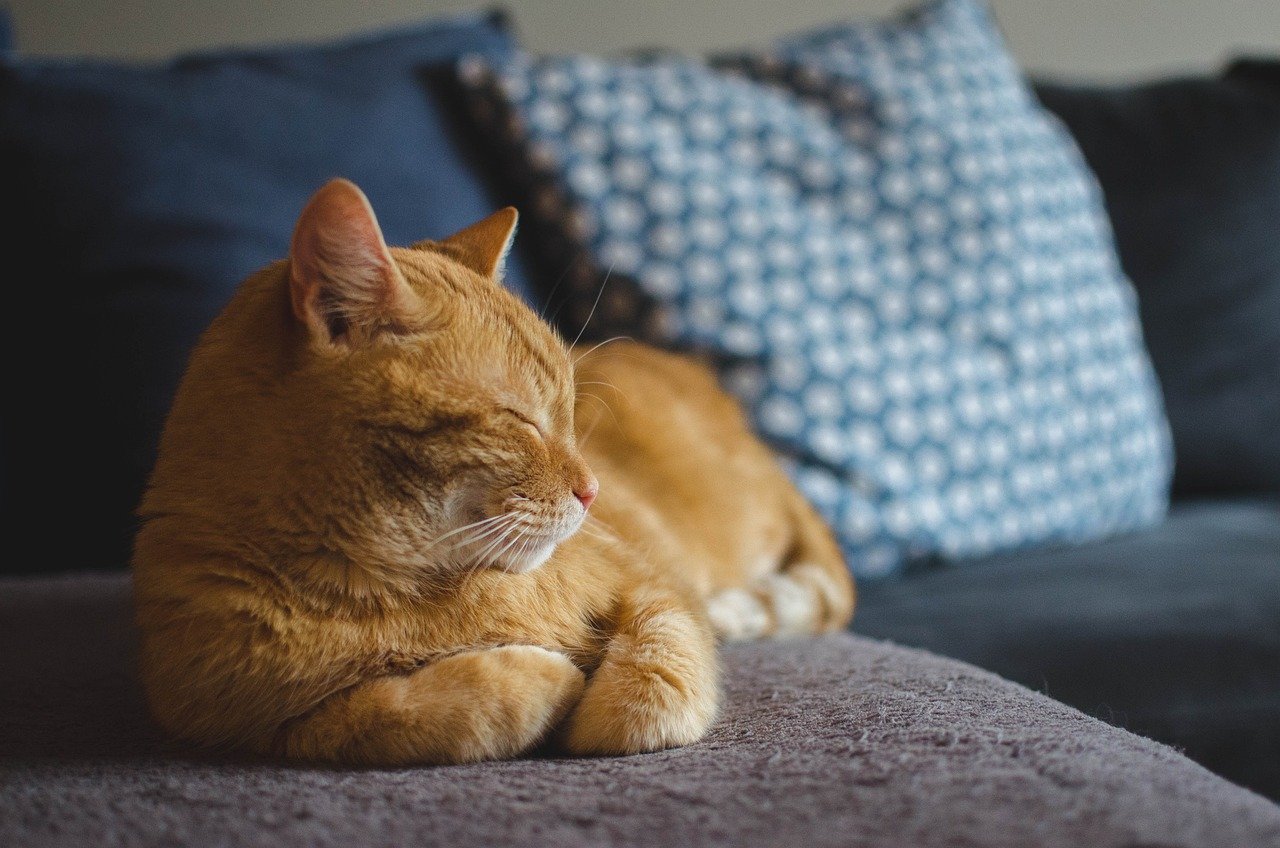
Cats rely heavily on their sense of smell to feel secure. Pheromone diffusers, sprays, or calming collars mimic the natural signals that say “you’re safe here.” These are invisible helpers that quietly reassure your cat without you needing to get too close. Try placing a pheromone diffuser near your cat’s favorite hiding spot, or spritz a calming spray on their bedding. Even just leaving your worn T-shirt near their space can offer comforting familiarity.
Gentle Routines and Predictable Schedules
Cats thrive on routine. Feeding them, playing, and cleaning their litter box at the same times each day can give them a sense of control. Unexpected changes can send their stress levels soaring, so keep things as predictable as possible. If you need to introduce something new, like a piece of furniture or a new person, do it slowly. Let your cat explore at their own pace. It’s like setting your watch to their comfort zone—steady, slow, and safe.
Encouraging Play From a Distance
Play is a powerful stress-buster for cats, but you don’t have to get close to join in. Wand toys, laser pointers, or treat puzzles let your cat burn off nervous energy without feeling crowded. Place a few toys near their favorite hiding spot and watch for signs that they’re interested. Sometimes, just seeing their toys nearby is enough to tempt them out of hiding. Play can be a gentle bridge, coaxing your cat into interaction on their terms.
Providing Vertical Spaces
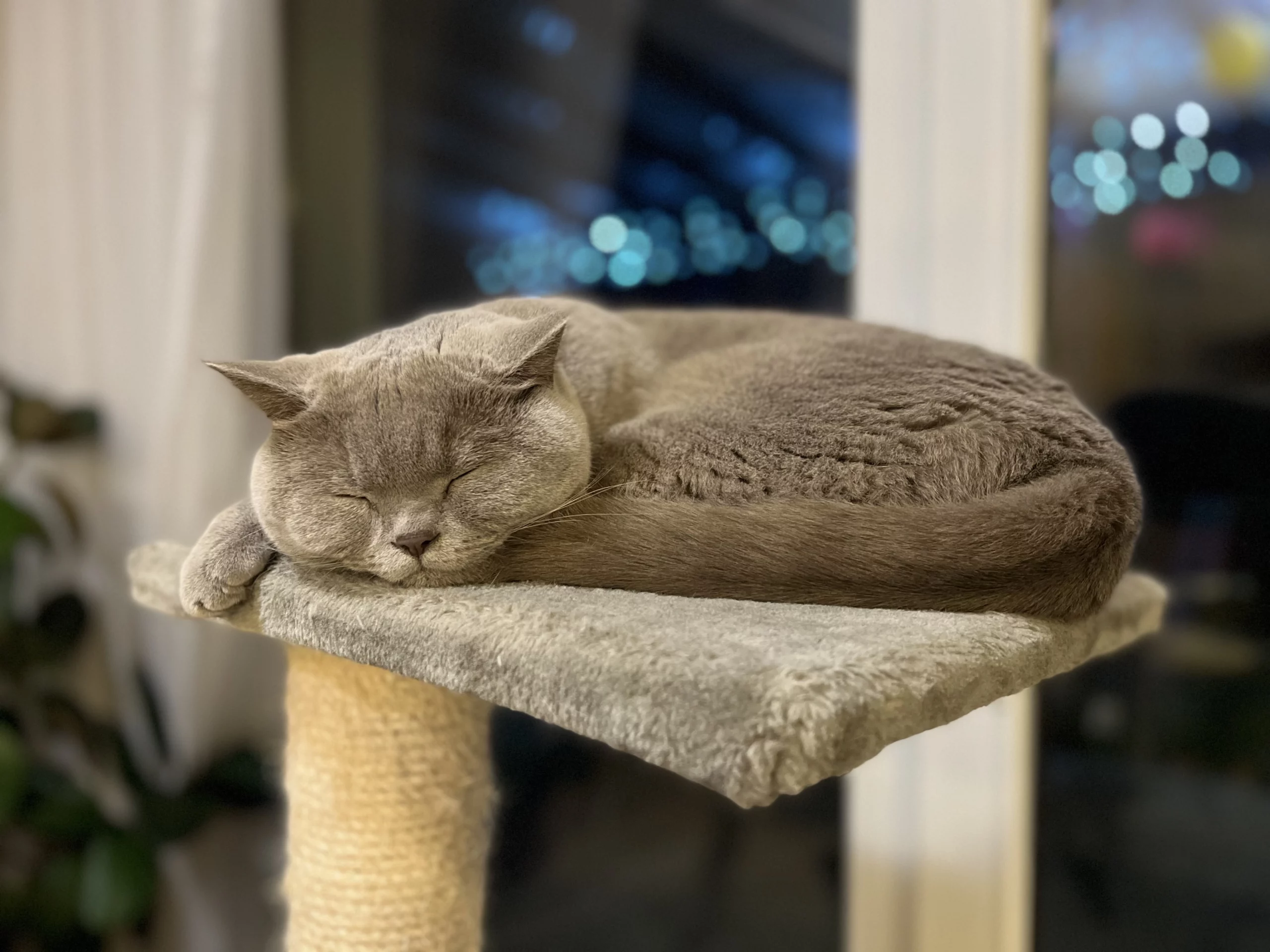
Cats love to climb and perch because it gives them a sense of security and control. Cat trees, window shelves, or even a cleared-off bookshelf can become stress-free zones. Being up high lets your cat observe their world from a safe distance. It’s like having a personal balcony at a busy party—your cat can watch the action without being in the middle of it. These high perches are a sanctuary where they can relax and recharge.
Minimizing Stressful Triggers
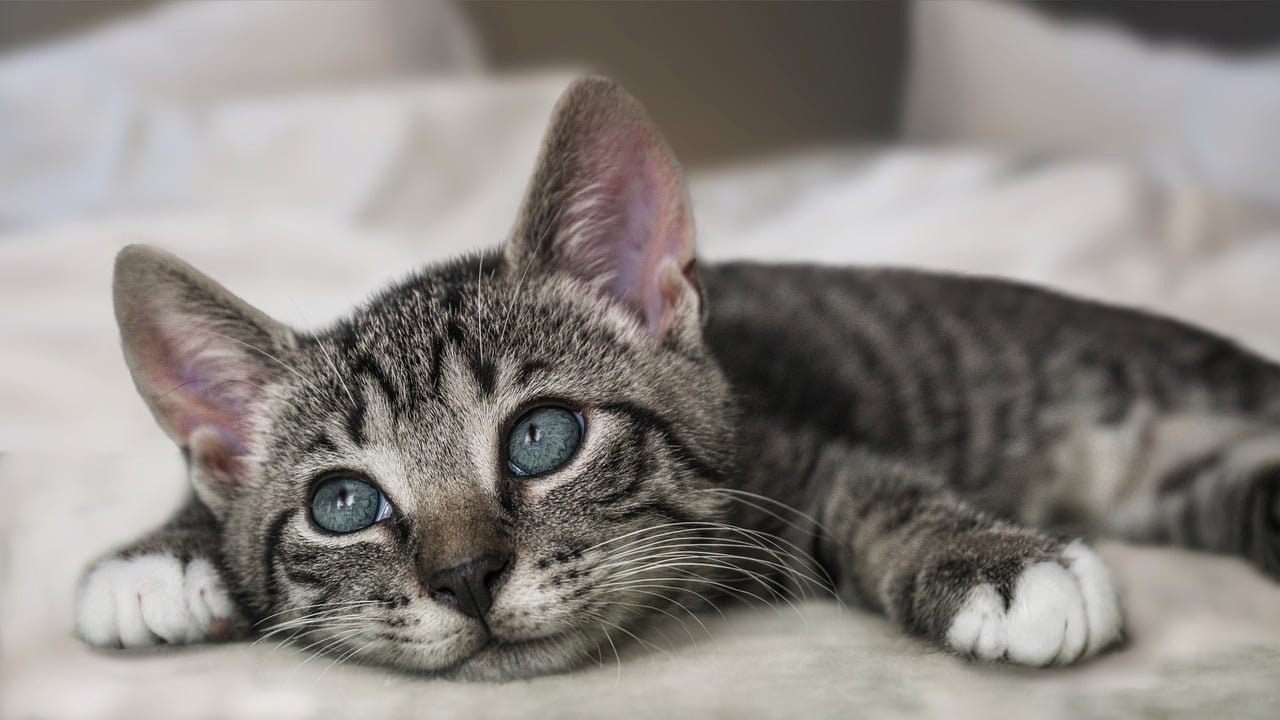
Sometimes, the best way to help your cat is to remove what’s bothering them. Close the curtains during thunderstorms, keep noisy appliances out of their favorite rooms, or create a “no stranger” zone when guests visit. If another pet is the problem, use baby gates or separate feeding areas to give your cat a break. Small changes can have a huge impact. By tuning into your cat’s unique sensitivities, you can make their world feel a lot less scary.
Offering Treats and Positive Reinforcement
When your cat does venture out or shows signs of relaxing, reward them with a favorite treat or gentle praise from a distance. This teaches them that good things happen when they’re calm, without forcing interaction. You can even use clicker training to build positive associations with their safe spaces. It’s like saying, “I see you, and I appreciate your bravery,” in a way cats understand—through snacks and kind words.
When to Seek Professional Help
Sometimes, despite your best efforts, your cat’s stress doesn’t budge—or it gets worse. If your cat stops eating, hides for days, or starts acting aggressively, it’s time to call in the pros. A veterinarian can rule out medical issues, while a feline behaviorist can offer tailored advice. There’s no shame in asking for help; sometimes, a fresh perspective is all it takes to get your cat back to their happy, purring self.
Helping a stressed cat feel better doesn’t have to mean getting in their face—it’s all about quiet support and respecting their need for space. By offering a calm environment, subtle comforts, and letting them come to you when they’re ready, you’re showing true feline love. Remember, patience and gentleness go a long way. Sometimes, the best way to help is simply being there—calm, quiet, and understanding.
Jen is a passionate nature lover and ocean conservationist. She has dedicated her life to protecting the environment and preserving the beauty of the natural world. Growing up in a small coastal town, Jen sincerely appreciated the ocean and its inhabitants. She has spent countless hours exploring the shoreline, learning about the creatures that inhabit the waters, and advocating for their protection. Jen is an active member of ocean conservation organizations, and she is committed to educating the public about the importance of conserving wildlife and the natural environment.






